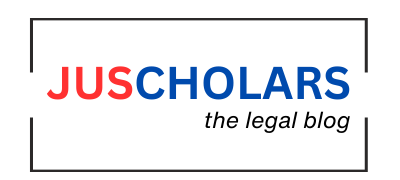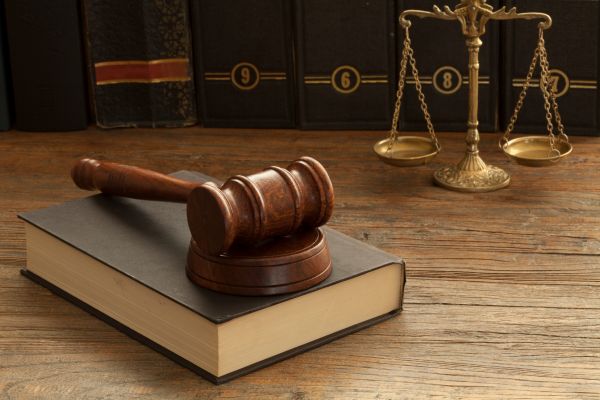- Introduction
The rise of drone technology marks a major shift in modern aviation. Once designed for military use, drones are now widely employed in photography, agriculture, delivery, law enforcement, and environmental monitoring. Their affordability and accessibility have driven a surge in low-altitude operations, raising complex legal and ethical challenges.
Low airspace—generally below 400 feet—sits at the crossroads of national sovereignty, aviation safety, and individual privacy. While international law grants states exclusive control over their airspace, drones blur the line between public and private domains. With high-definition cameras, facial recognition, and data transmission capabilities, drones pose serious privacy risks, alongside security concerns such as flight interference and illicit activities.
Globally, regulation is fragmented. Although the International Civil Aviation Organization (ICAO) provides guidance, the lack of a binding treaty leaves nations with inconsistent rules. This study adopts a comparative lens, exploring privacy, regulation, and security issues to propose a harmonised framework that balances innovation with safety and fundamental rights.
2. Conceptual Framework
2.1 Defining Drones and Low Airspace
The term “drone” commonly refers to an Unmanned Aircraft System (UAS), which includes not just the aircraft but also its control systems, communication links, and payloads. The International Civil Aviation Organization (ICAO) uses the term Remotely Piloted Aircraft System (RPAS) for drones operated from a remote station, distinguishing them from fully autonomous systems without real-time human control.
A key issue in drone regulation is the concept of low airspace. Though not universally defined, it is generally understood as airspace up to 400 feet (120 metres) above ground level. This limit matches the operating capacity of most small drones and helps avoid conflicts with manned aircraft flying at higher altitudes. However, because low airspace is close to homes and public spaces, its use raises legal concerns under aviation law as well as privacy, trespass, and land use laws.
2.2 Categories of Drones
Regulatory frameworks often classify drones based on their maximum take-off weight (MTOW) and intended use. For example, the Directorate General of Civil Aviation (DGCA) in India categorises drones into nano, micro, small, medium, and large classes. Similar classifications exist under the Federal Aviation Administration (FAA) in the United States, the European Union Aviation Safety Agency (EASA), and other national regulators. This categorisation is not merely technical; it determines the applicable operational restrictions, licensing requirements, and permissible activities for each class.
2.3 Intersection with International and Domestic Law
Internationally, the Chicago Convention of 1944 affirms that each state has “complete and exclusive sovereignty over the airspace above its territory.” Article 8 further prohibits the flight of unmanned aircraft over another state’s territory without special authorisation. However, these provisions were drafted long before the advent of widespread civilian drone use, leading to interpretative challenges.
At the domestic level, regulatory competence is typically vested in national civil aviation authorities. In India, this role is performed by the DGCA; in the United States, by the FAA; and in the European Union, by EASA in coordination with member states. Yet drone operations also engage laws beyond aviation — including privacy, data protection, criminal law, and, in some cases, constitutional rights. This multi-dimensional character underscores the need for an integrated legal approach.
3. International Legal Framework
3.1 The Chicago Convention and State Sovereignty
The Convention on International Civil Aviation 1944 (Chicago Convention) remains the cornerstone of international air law. Article 1 affirms that “every State has complete and exclusive sovereignty over the airspace above its territory,” a principle that applies equally to manned and unmanned aircraft. Article 8 specifically addresses pilotless aircraft, prohibiting their flight over a State’s territory without special authorisation from that State and requiring States to ensure that such flights are controlled to avoid danger to civil aircraft.
Although the Chicago Convention provides the fundamental legal basis for regulating drones, it was drafted decades before the emergence of civilian UAVs. As a result, its provisions offer.
limited guidance on the unique operational and privacy challenges associated with drones in low airspace. This temporal gap has left much of the regulatory responsibility to national authorities, albeit within the overarching framework of State sovereignty.
3.2Role of the International Civil Aviation Organisation (ICAO)
The International Civil Aviation Organisation (ICAO), established under the Chicago Convention, plays a crucial role in integrating drones into global aviation. In 2011, it issued Circular 328 on Unmanned Aircraft Systems (UAS), highlighting their potential to operate with manned aircraft while emphasising safety and security.
Its Manual on Remotely Piloted Aircraft Systems (Doc 10019) sets out requirements on licensing, certification, and communication protocols. ICAO also promotes the principle of “due regard,” ensuring UAV flights do not endanger other aircraft or people on the ground. However, ICAO’s Standards and Recommended Practices (SARPs) are not binding unless adopted into national laws.
4. Privacy Concerns
4.1 Privacy as a Fundamental Right
The right to privacy is globally recognised under Article 12 of the Universal Declaration of Human Rights and Article 17 of the International Covenant on Civil and Political Rights. Both provisions guard against arbitrary interference with personal life, home, or communication. Though not drafted with drones in mind, these principles directly apply to UAVs, especially in low airspace where intrusion into private property is most likely.
Modern drones equipped with cameras, sensors, and facial recognition make surveillance discreet and continuous. This creates the risk of “function creep,” where tools intended for legitimate uses—like infrastructure checks—are repurposed for intrusive monitoring without safeguards.
4.2Jurisprudence on Aerial Surveillance
While drone-specific case law is limited, courts worldwide have relied on aerial surveillance precedents. In Kyllo v. United States, the US Supreme Court held that using thermal imaging on a home required a warrant, while in Riley v. California, the Court stressed that technology’s intrusive nature demands stronger privacy protections. Similarly, the European Court of Human Rights in Peck v. UK ruled that excessive CCTV monitoring without safeguards violated privacy rights. These principles readily extend to drones.
4.3National Approaches
- India: The Drone Rules 2021 mandate compliance with privacy laws, but without a comprehensive data protection statute, enforcement is weak. Puttaswamy v. Union of India confirmed privacy as a fundamental right, but translating this into drone regulation is still a challenge.
- United States: The FAA prioritises safety, leaving privacy laws to individual states. States like California and Florida ban drone surveillance without consent.
- European Union: Under the GDPR, drone data that identifies individuals qualifies as personal data, requiring consent and lawful processing. Enforcement falls on national authorities.
- Australia: CASA oversees UAV safety, while privacy issues fall under the Privacy Act 1988. However, the Act applies mainly to government and large organisations, leaving gaps for private drone use.
Key Risks
- Persistent surveillance over individuals.
- Combining drone data with other datasets to build detailed profiles.
- Chilling effect on lawful activities due to fear of surveillance.
- Cross-border sharing of drone data under inconsistent privacy regimes.
4.4Balancing Privacy and Public Interest
Drones also serve vital purposes—disaster response, wildlife monitoring, or crowd control. The challenge is proportionality: ensuring surveillance is necessary, transparent, and subject to oversight. Judicial review, data minimisation, and public notification can help balance innovation with constitutional freedoms.
.
References
- ICAO, Manual on Remotely Piloted Aircraft Systems RPAS), Doc 10019 (1st edn, ICAO 2015).
- ICAO, Circular 328: Unmanned Aircraft Systems (UAS) (2011).
- Chicago Convention on International Civil Aviation (adopted 7 December 1944, entered into force 4 April 1947) 15 UNTS 295.
- ICAO, Circular 328: Unmanned Aircraft Systems (UAS) (2011).
- ICAO, Manual on Remotely Piloted Aircraft Systems (RPAS), Doc 10019 (1st edn, ICAO 2015) ch 2.
- Brian F Havel and Gabriel S Sanchez, The Principles and Practice of International Aviation Law (Cambridge University Press, 2014) 271–273.
- UN Human Rights Council, ‘Report of the Special Rapporteur on the promotion and protection of human rights and fundamental freedoms while countering terrorism’ UN Doc A/68/389 (18 September 2013) paras 34–41.
- United Nations Office for Disarmament Affairs, The Role of Unmanned Aerial Systems in the Context of Disarmament and International Security (UNODA Occasional Papers No 34, 2020) 5–7.
Author Name: Sumant Kumar, B.A. LL.B. (2024–29) Student, Lloyd Law College, Greater Noida





